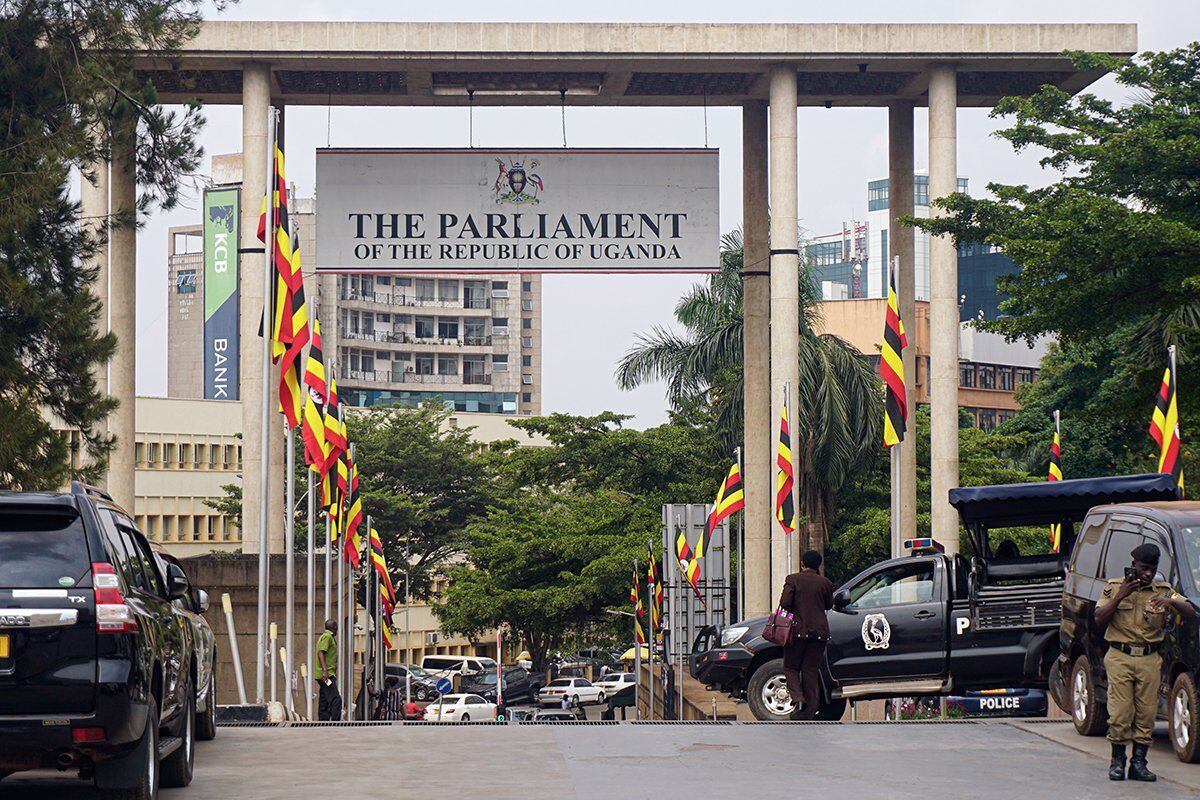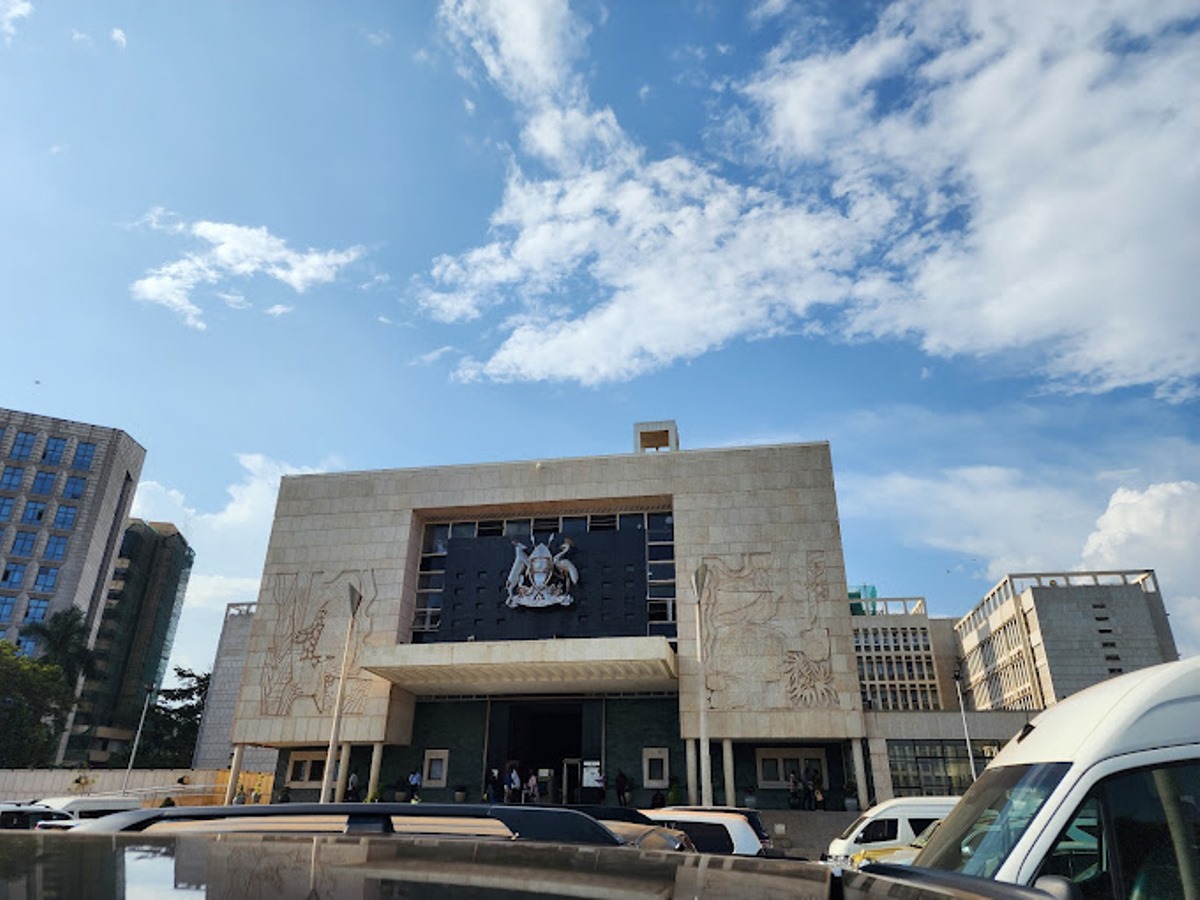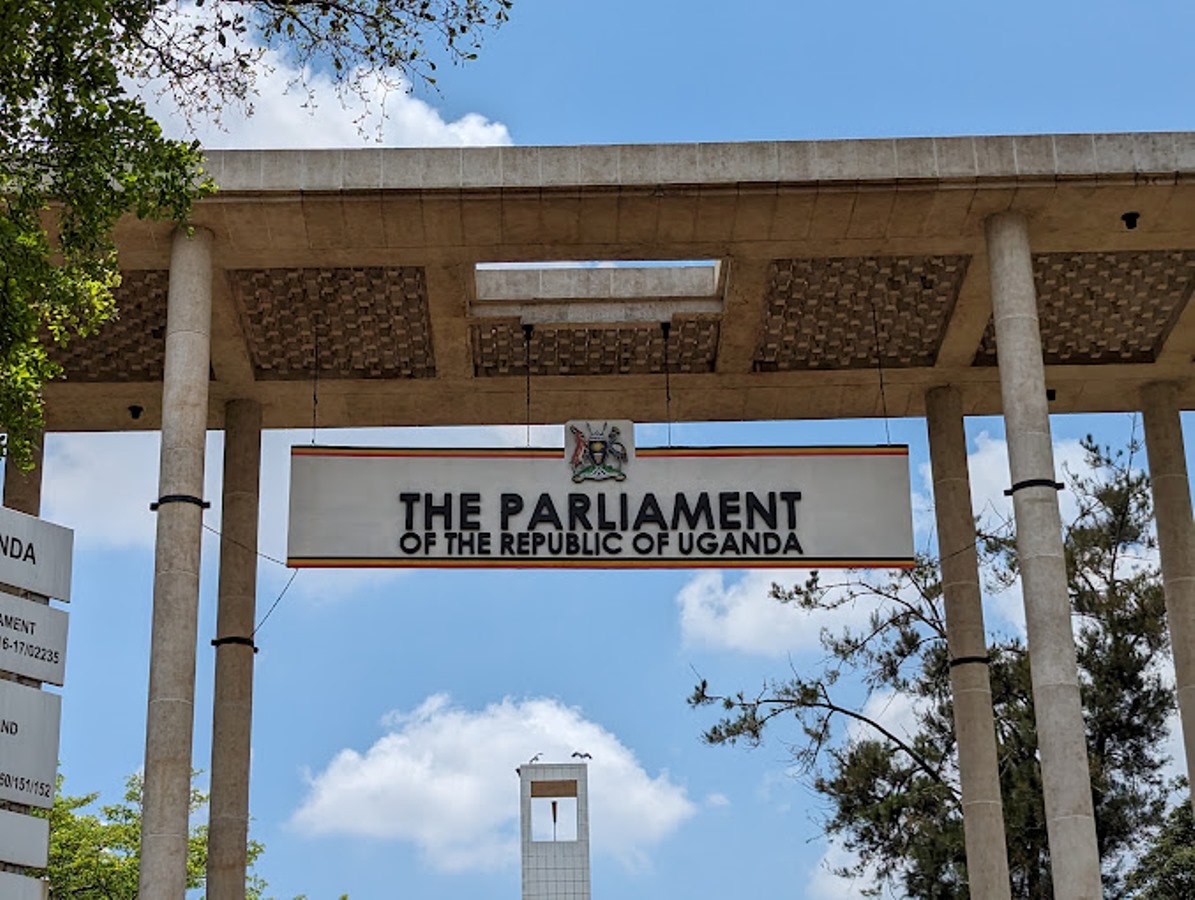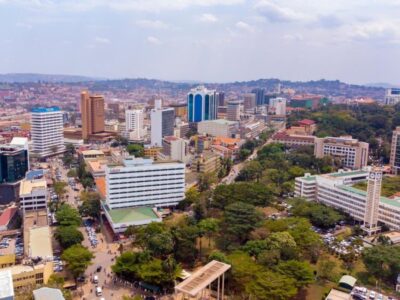Parliament Building, Kampala – Uganda
PARLIAMENT BUILDING TRAVEL GUIDE, KAMPALA
LOCATION OF THE PARLIAMENT BUILDING, KAMPALA
The Parliament Building in Kampala is located on Parliamentary Avenue, in the heart of the city. It is situated near other significant landmarks the Independence Monument, the Stride Monument among others, making it a central and accessible location for visitors and locals alike.
HISTORY OF THE PARLIAMENT BUILDING, KAMPALA
The Parliament Building in Kampala, Uganda, is a significant landmark with a rich history that reflects the country's political evolution and architectural heritage.
EARLY LEGISLATIVE HISTORY OF UGANDA
The roots of Uganda's legislative system can be traced back to 1888 when the Imperial British East African Company (IBEACO) began administering the region. The 1902 Order-in-Council established a formal legislative framework, empowering the Commissioner to make ordinances for the administration of justice and governance. This system evolved over the years, leading to the formation of the Legislative Council (LEGCO) in 1920, which initially comprised only European members.
FORMATION OF THE LEGISLATIVE COUNCIL IN UGANDA
The LEGCO saw its first African representatives in 1945, marking a significant step towards inclusive governance. By 1954, the council had expanded to include 17 official members, 11 crossbench members, and 28 representative members, reflecting a more diverse composition. The introduction of a ministerial system in 1956 further enhanced the council's legislative capabilities.
CONSTRUCTION OF THE PARLIAMENT BUILDING, UGANDA
The foundation stone for the Parliament Building was laid on December 18, 1956, by Sir Andrew Cohen, the then Governor of Uganda. Construction began in 1958, and the building was officially opened on October 5, 1962, by Prime Minister Apollo Milton Obote, who also laid the foundation stone for the Independence Arch at the entrance.
ARCHITECTURAL DESIGN OF THE PARLIAMENT BUILDING
The original design of the Parliament Building was selected from a competition among architects from the Commonwealth. The design has since been modified to accommodate a larger assembly and include several blocks of government offices. The building features a prominent Chamber for the Legislature, modeled after the House of Commons in Westminster, with government and opposition benches facing each other3. The Chamber is fully air-conditioned and insulated from external noise, ensuring a conducive environment for legislative debates.
MODERN DEVELOPMENTS OF THE PARLIAMENT BUILDING
Over the years, the Parliament Building has undergone various renovations and expansions to meet the growing needs of Uganda's legislative body. It remains a central hub for the country's political activities and a symbol of Uganda's journey towards self-governance and democracy.







